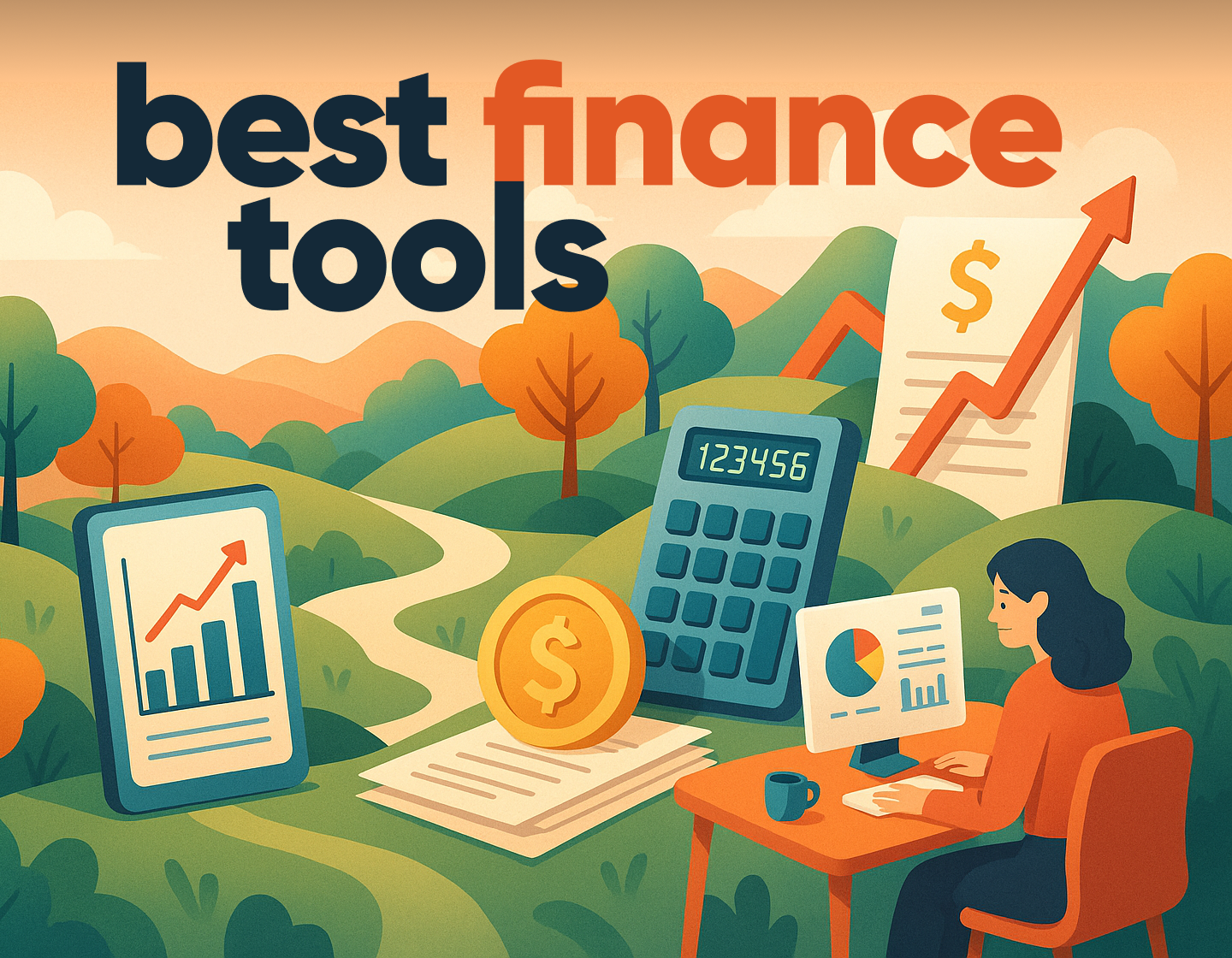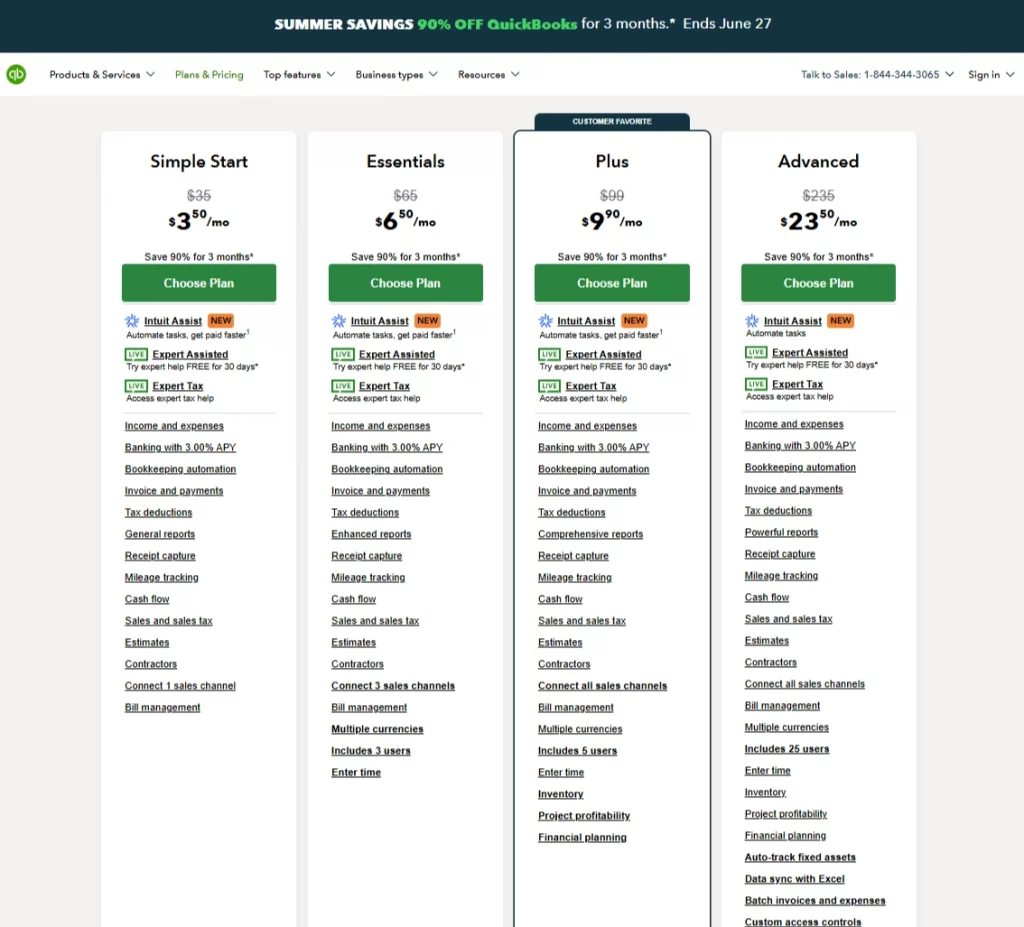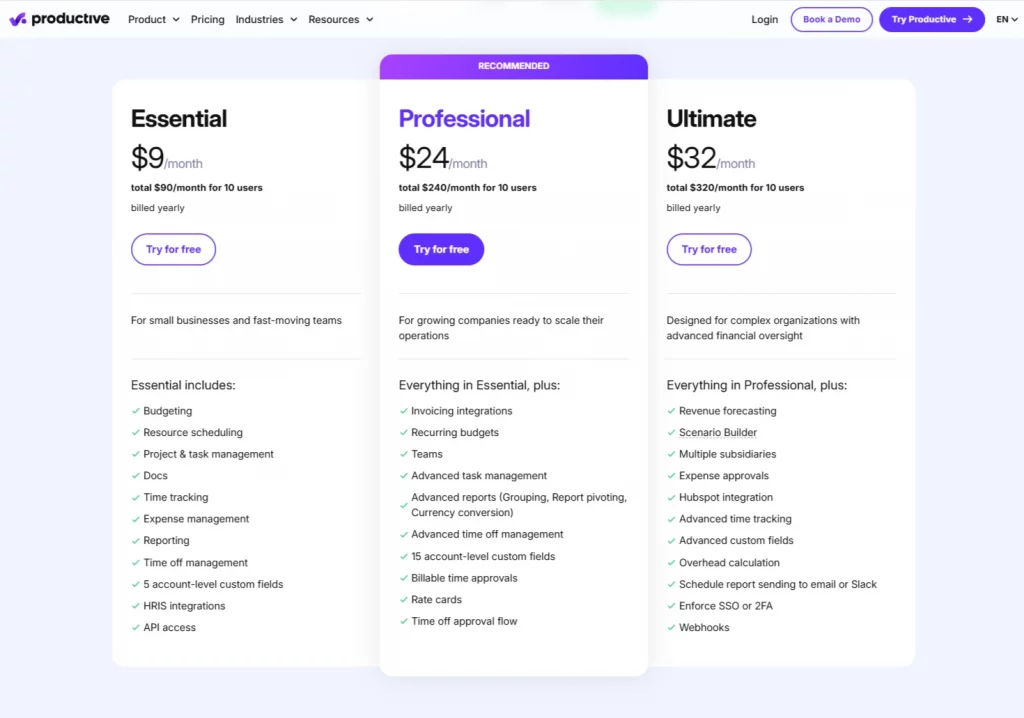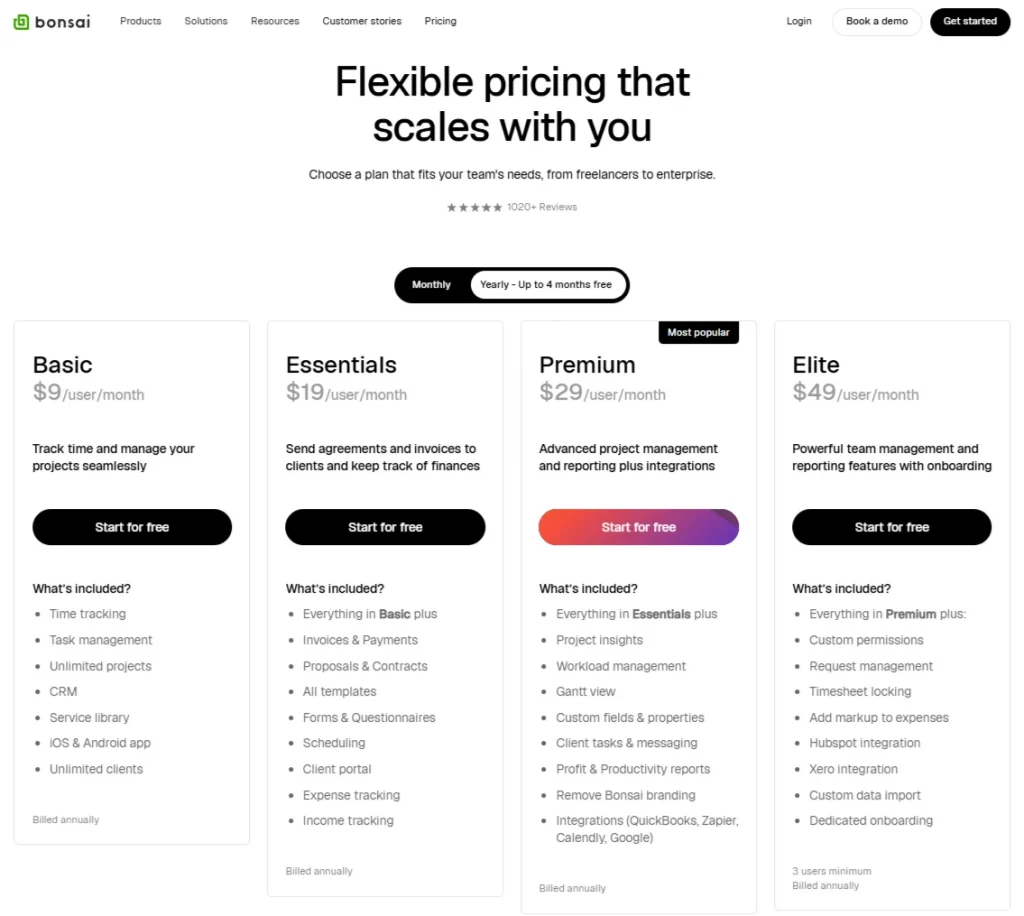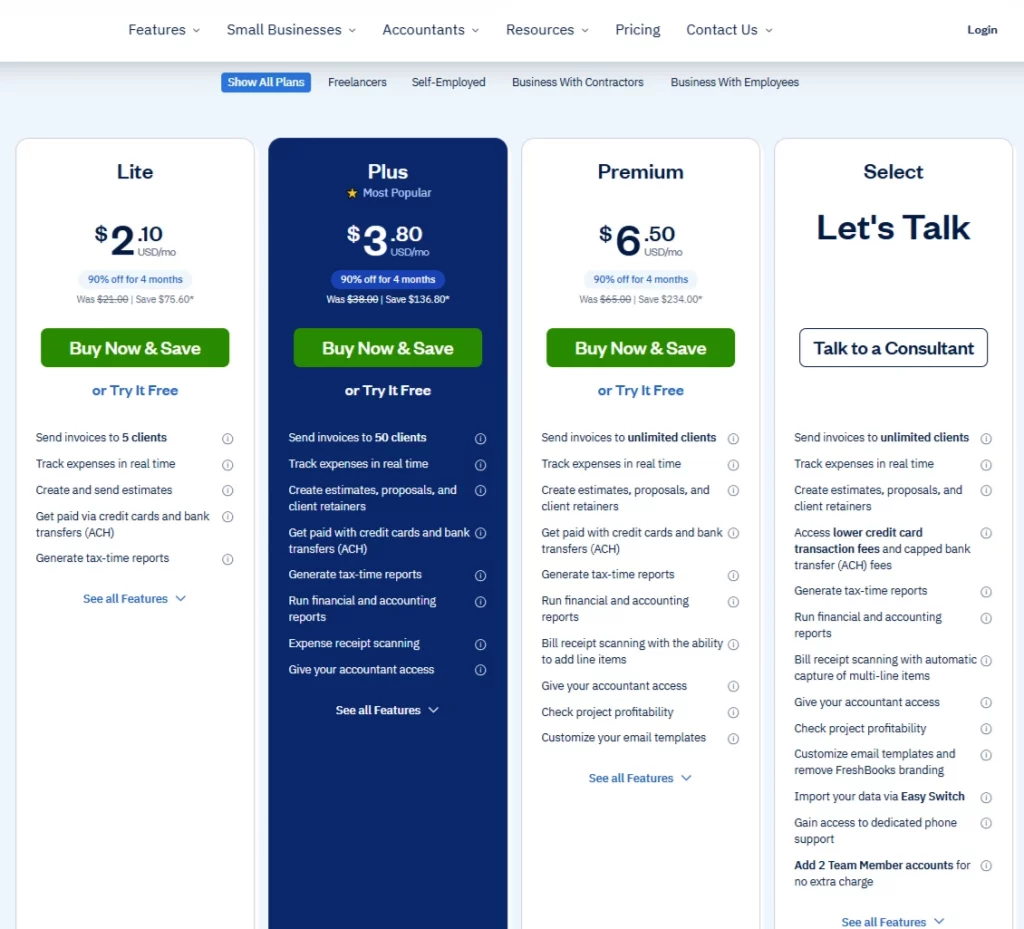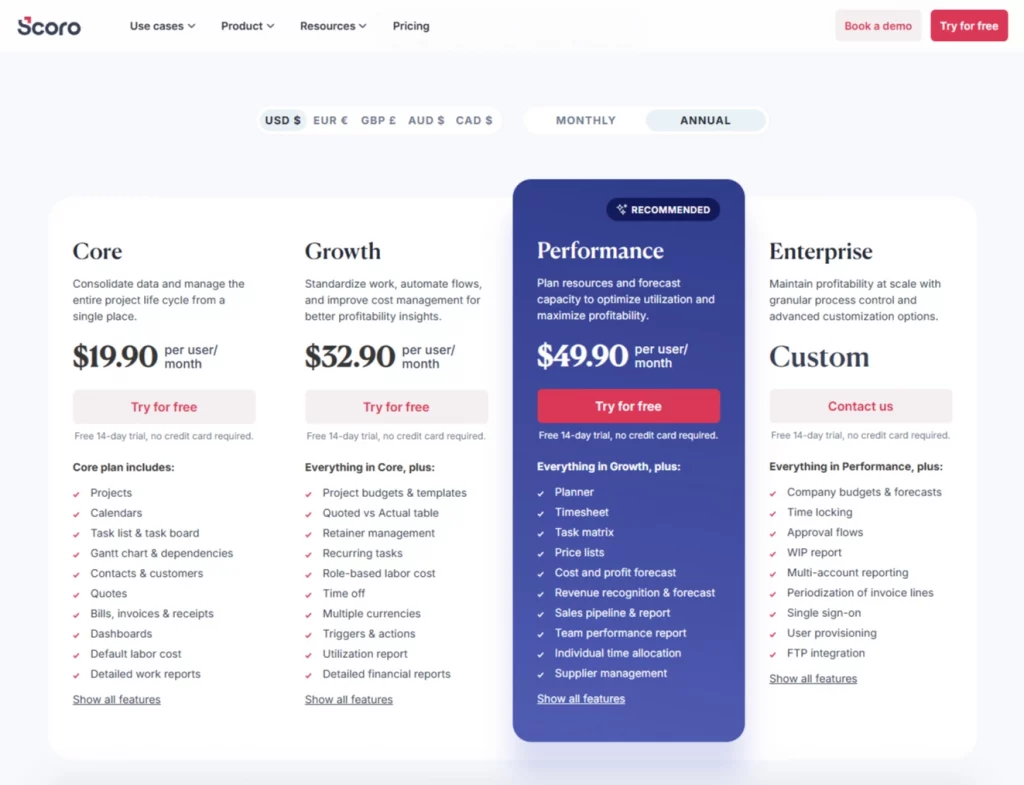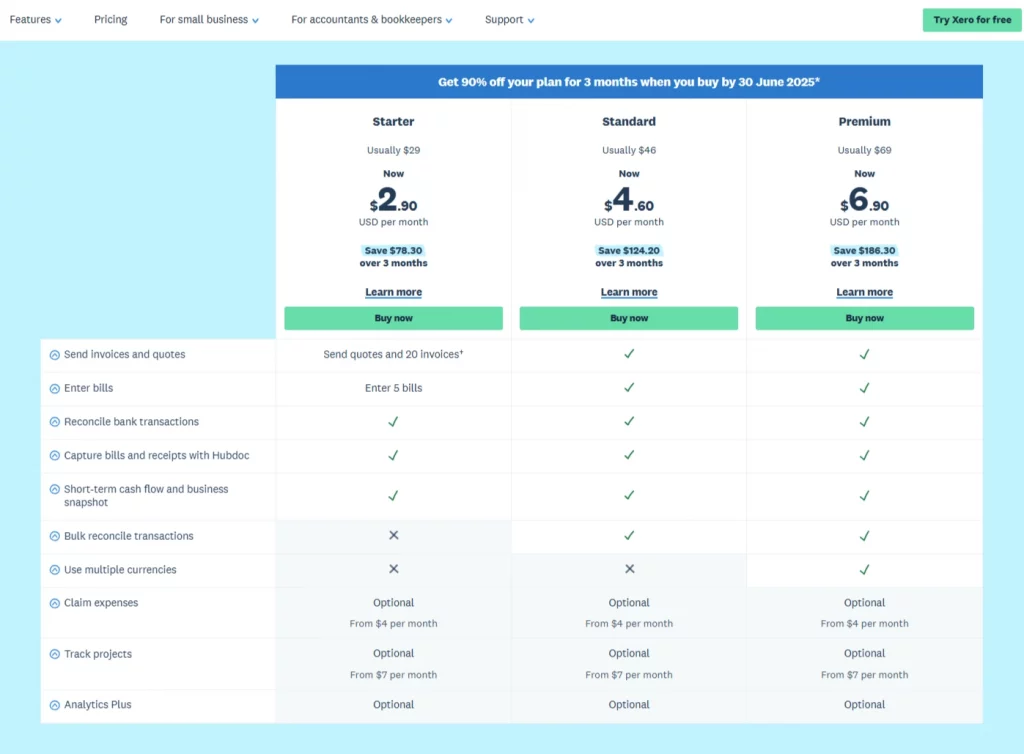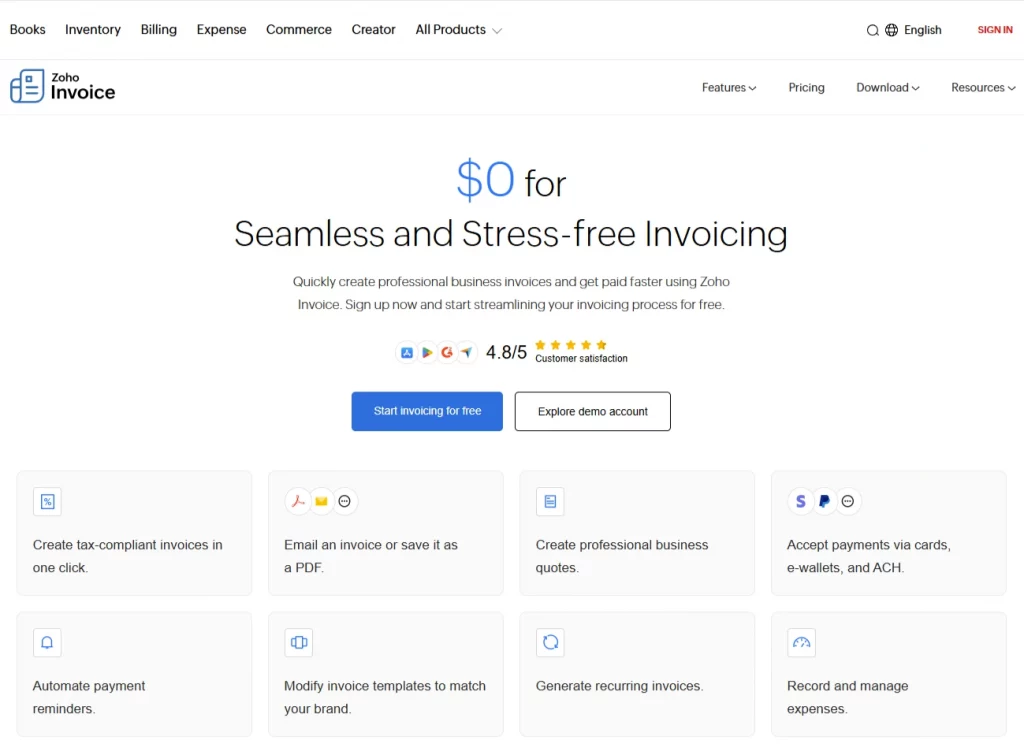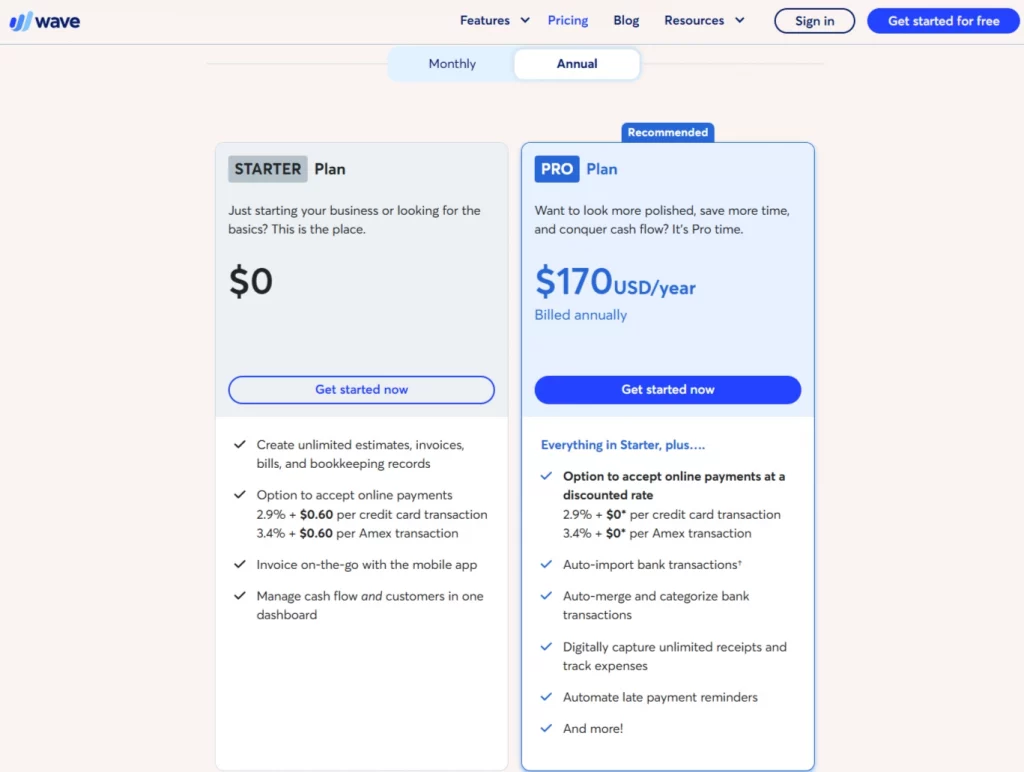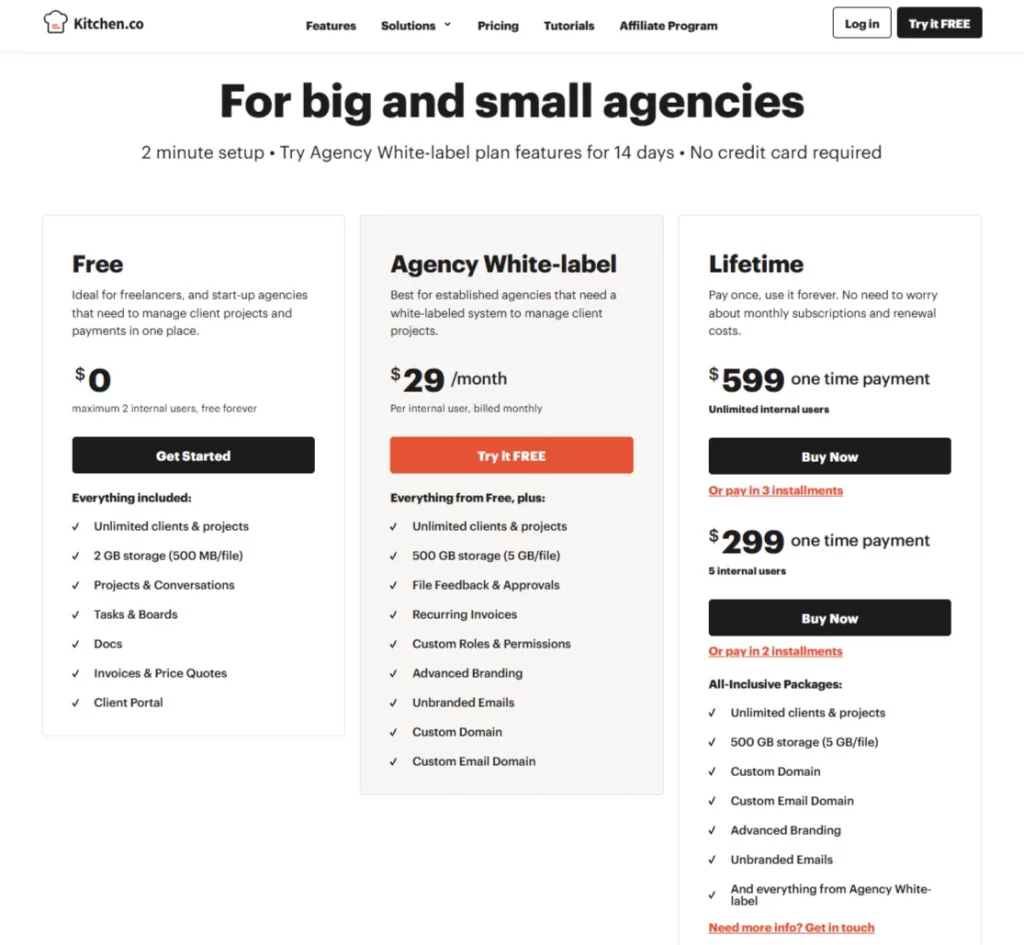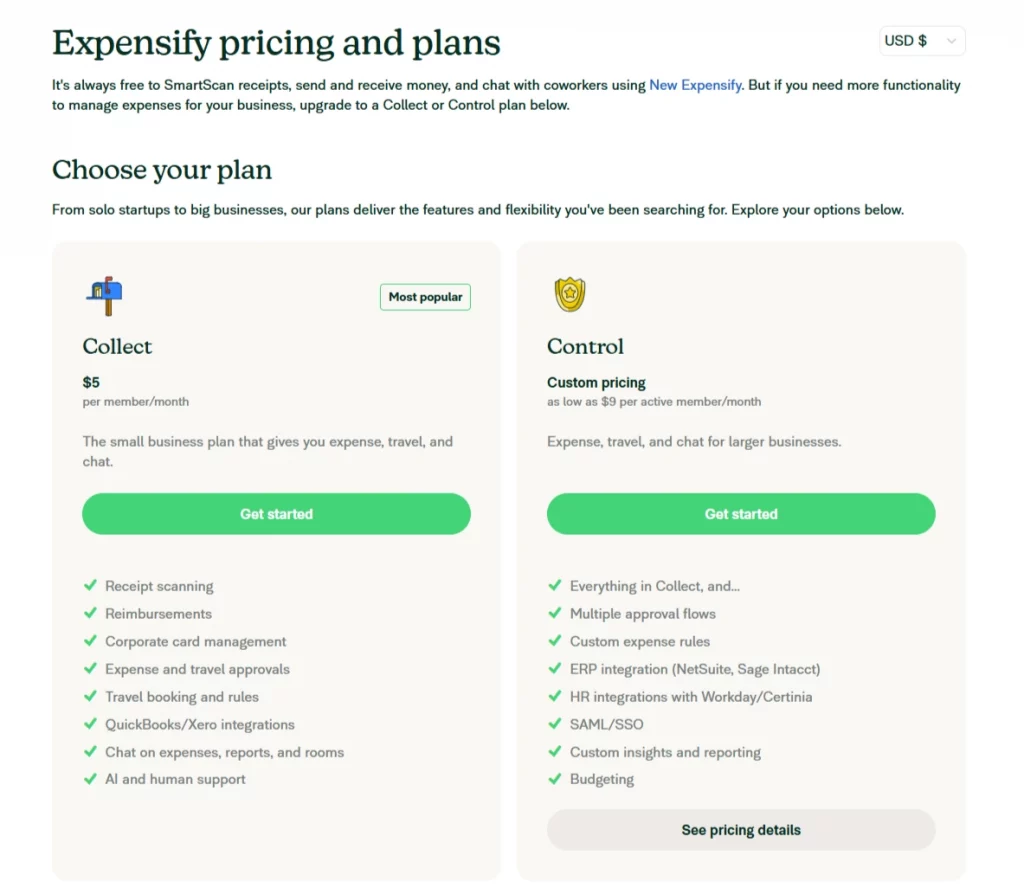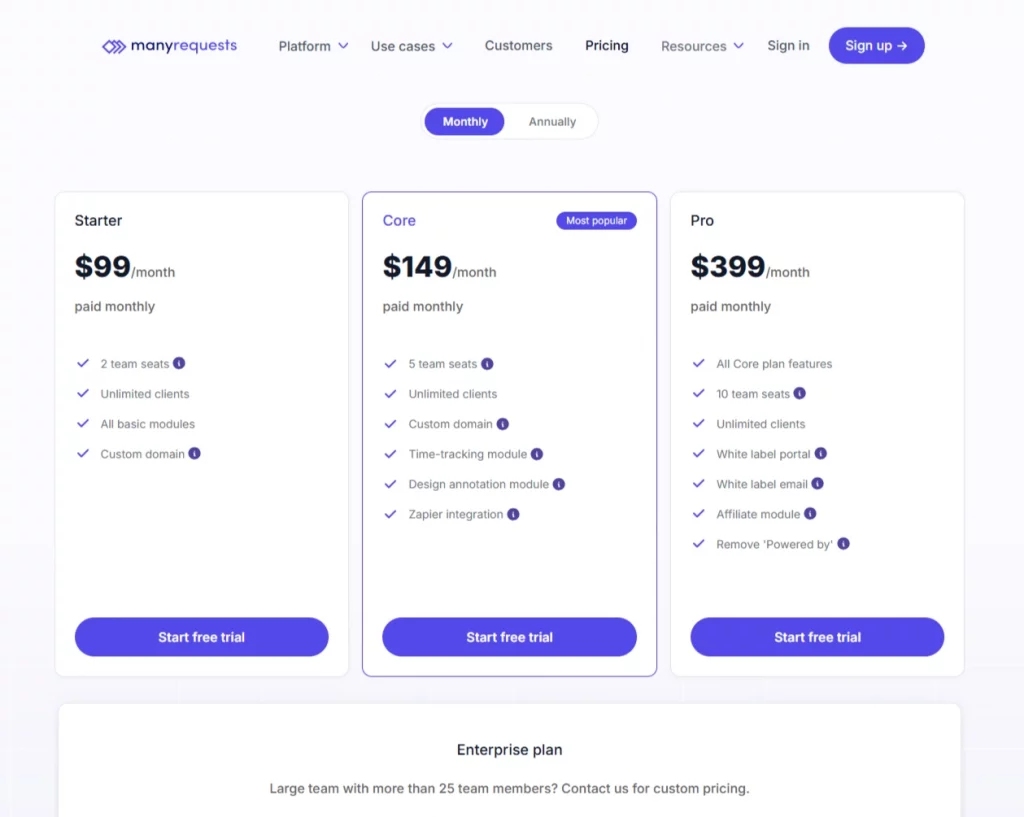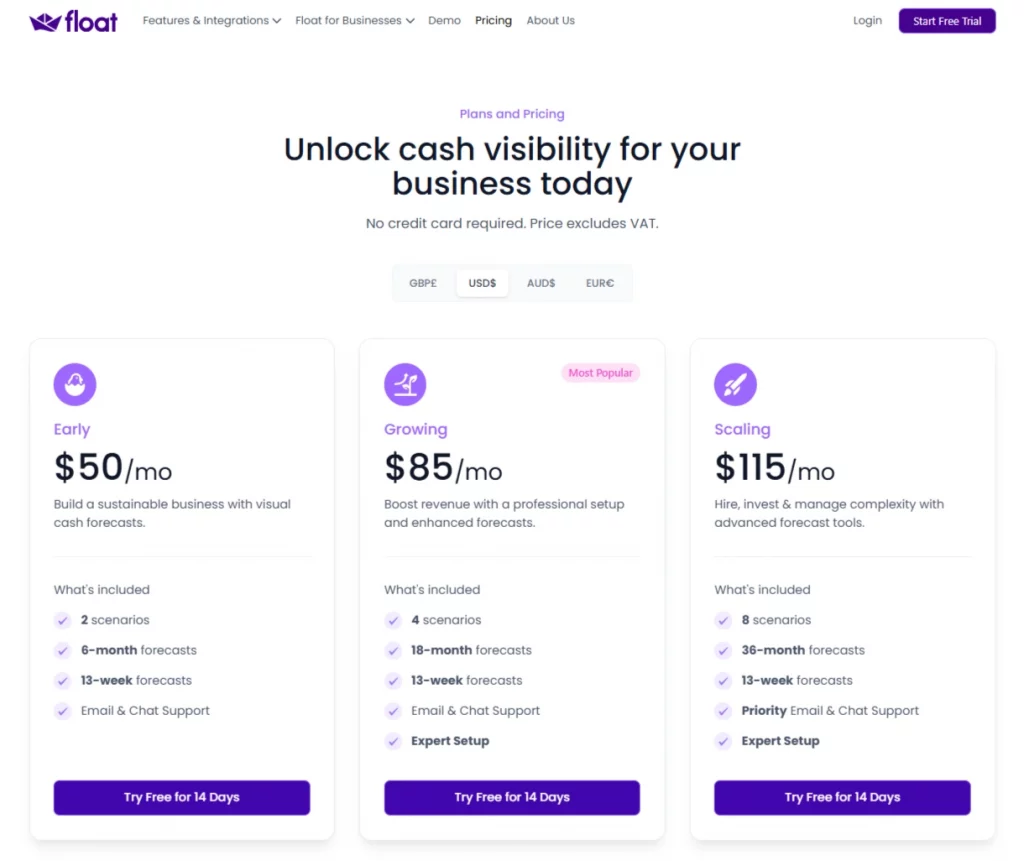Keeping track of money stuff in a creative agency isn’t exactly a walk in the park. The truth is that things like invoicing, budgeting, or cash flow can quickly get lost between the client projects, team management, and the ever-coming deadlines. And that’s exactly where the right finance tools for creative agencies come in and save the day (trust me, I understood their importance firsthand).
What makes them special is that they give clarity – they help cut through the mess, save hours of admin work, and give you the data you need to make smart decisions. So if you’re ready to ditch the spreadsheets and streamline the way your agency handles money, I’ve got your back.
Today, I’ll share with you a set of carefully selected finance tools outlining their features, pros and cons, and best use cases. Let’s find your next money helper together!
Why finance tools matter for creative agencies
Creative agencies aren’t like typical businesses. You’re managing dozens of moving parts – projects that shift by the day, client needs that evolve mid-sprint, and teams spread across departments. With all that going on, manual finance processes just can’t keep up.
When your tools don’t get along, you end up with duplicate data, clumsy workflows, and missed numbers. That’s not just annoying – it’s risky.
Finding the right finance tool for your agency can help you take care of the boring-but-crucial stuff like invoicing, income and expense tracking, and reporting, while giving you the real-time insights you need to stay profitable. This also helps connect the dots across your agency, so you’re not just surviving financially, you’re actually being in control.
The best finance tools for agencies
When it comes to managing agency finances, there’s no unified solution. Some teams need an automated invoicing process. Others are all about tracking billable hours or forecasting cash flow with precision. Whatever your needs may be, there’s a finance tool to meet them, and here’s my curated list of suggestions – each with its own strengths, so you can find the one(s) that will fit your workflow perfectly. Let’s dive in!
1. QuickBooks
It’s not a coincidence that QuickBooks is basically the household name of small business accounting. It handles everything from invoicing and payroll to cash flow management and tax prep, all in one sturdy platform.
For creative agencies with complex financial needs (such as tracking billable hours, vendor payment processing, and prepping for tax season), QuickBooks offers a lot of control and depth. Moreover, its reporting tools are great for surfacing insights across projects, clients, and time periods.
Integrations: Tons of options, such as Trello, Gusto, Shopify, Expensify, Stripe, and almost every major bank. Also integrates with project management platforms like Asana via Zapier.
Pros: Complete accounting suite, reliable, with advanced automation features, time tracking, job costing, and deep project profitability reports.
Cons: The interface can feel a little dated, and pricing can add up as you scale or add payroll features.
2. Productive
Productive is built for creative agencies, so it really speaks our language. It’s an all-in-one agency management platform that combines project planning, time tracking, resource management, budgeting, and yes, financial tools too.
You can track profitability per project, forecast revenue, send invoices, and even compare estimated vs. actual budgets. The real magic? Everything lives in one place, meaning fewer apps, fewer headaches, and more visibility across your agency.
Integrations: Natively connects with tools like Slack, QuickBooks, Xero, Jira, Google Calendar, and Harvest. Also offers a Zapier integration for wider flexibility.
Pros: A tool built specifically for agencies, connects the dots between project work and finances, along with a clean and user-friendly interface. A great project management system with time tracking, timelines, resource planning, and team collaboration lets you manage tasks easily.
Cons: May be too feature-heavy for tiny teams or freelancers; takes a bit of time to onboard your whole team.
3. Bonsai
Bonsai is an all-in-one platform built with freelancers and creative pros in mind, but don’t let that fool you. It scales surprisingly well for small to mid-sized agencies, especially those looking for a clean, streamlined way to manage finances alongside contracts, proposals, and task tracking.
Invoicing is fast, recurring payments are easy to set up, and you can even automate things like late fees and payment reminders. It also includes a built-in CRM and simple time tracking, making it a solid option if you’re tired of hopping between tools.
Integrations: While Bonsai leans toward being an all-in-one solution, it offers key integrations with tools like Zapier, Calendly, and QuickBooks.
Pros: The elegant design and all its features make it perfect for agencies that want a little bit of everything under one roof (with minimal setup).
Cons: Might feel a bit limited if you have complex accounting needs or multiple team layers.
4. FreshBooks
Further comes FreshBooks, and it’s kind of like having a super-organized finance assistant who never drops the ball. It handles invoicing, expenses, time tracking, and even proposals – all in a great interface that’s easy to navigate even if you’re not a finance pro.
You can automate recurring invoices, set up late payment reminders, and track every dollar coming in or out. It’s especially handy for creative teams who want their invoicing to look as polished as their client work.
Integrations: Plays nicely with tools like Trello, Asana, Basecamp, G Suite, HubSpot, Stripe, and PayPal, thus making it easier to keep your workflows connected.
Pros: Intuitive UI, strong invoicing features, project profitability views, and a mobile app that’s genuinely useful on the go.
Cons: Reporting can feel a bit limited if you need deeper, more granular financial insights.
5. Allfred
Allfred is like that super-organized team member who also happens to be fun to work with. It’s a newer player in the agency tools space, but it’s incredibly sleek and intuitive.
The platform connects project delivery, resourcing, and financials in a way that actually makes sense, helping you track budgets, plan capacity, send invoices, and stay profitable without feeling like you’re buried in spreadsheets.
Integrations: Integrates with Xero, Slack, Google Calendar, and accounting tools via API. Additional integrations can be handled through Zapier.
Pros: Clean UI, built for modern creative workflows, helpful budget forecasting, and profitability tracking. Includes project management such as planning, time tracking, and resource scheduling. Everything connects directly to the budgeting side, giving you live profitability insights.
Cons: Still growing, so it might lack some of the bells and whistles of more established platforms.
6. Scoro
Scoro combines financial management, project planning, CRM, reporting, and even quoting tools in one ultra-organized hub. It’s ideal for agencies that don’t want to hop between tools all day, and who care as much about margins as they do about deadlines.
Scoro’s budgeting features are especially strong, letting you track actual vs. planned spend, analyze profitability by client, and create real-time dashboards.
Integrations: Robust integration list including Xero, QuickBooks, Slack, Google Workspace, HubSpot, and Zapier, and additionally an open API for custom workflows.
Pros: Super comprehensive, powerful reporting and customizable dashboards, tight connection between projects and finances. In addition, the project management features include task and time management, Gantt charts, calendar views, collaboration tools, and project budgeting.
Cons: Might feel overwhelming for smaller teams, and also, pricing can climb as your team grows.
7. Xero
Xero is one of the most trusted names in cloud accounting, and certainly for good reason. It’s a full-on accounting platform that feels surprisingly accessible. You get detailed financial data reporting, real-time bank feeds, easy invoice creation, and beautiful dashboards that help you actually understand where your money’s going.
For agencies juggling multiple clients, vendors, and departments, Xero brings a level of clarity and control that’s tough to beat.
Integrations: Massive app ecosystem – integrates with over 1,000 tools, such as Float, Expensify, Stripe, Harvest, Asana, HubSpot, and more.
Pros: Rich with more advanced features, great reporting, scalable for growing teams, excellent support for multiple currencies, and multi-entity setups. With the add-on Xero Projects, you get budget and time tracking.
Cons: Can take a bit of time to set up correctly, and the learning curve is steeper than simpler tools.
8. Function Point
Function Point is another tool purpose-built for creative agencies, and it shows. It brings together time tracking, budgeting, project management, and invoicing into a single customizable dashboard.
What makes it shine is how tightly everything’s linked. Your team’s hours directly feed into project profitability, your estimates roll smoothly into invoices, and thus your resource planning reflects real-time data. Plus, the reporting features are perfect for controllers who love digging into margins, billability, and forecasting.
Integrations: Plays nicely with QuickBooks, Xero, Google Calendar, Outlook, and Adobe Creative Cloud. Zapier support further expands its flexibility.
Pros: Everything is agency-specific, excellent visibility into project and financial performance, solid support team. Also includes task assignments, time tracking, capacity planning, project timelines, and team collaboration tools.
Cons: UI feels a bit utilitarian, and the learning curve can be steep if you’re not used to end-to-end systems.
9. Zoho Invoice
Zoho Invoice is one of those tools that quietly does a lot without making a big fuss. It’s part of the larger Zoho ecosystem, but even on its own, it’s a strong contender for agencies that need clean, customizable invoicing with powerful automation under the hood.
You can create branded invoices, schedule recurring billing, auto-send reminders, and also manage multiple currency payments (super helpful if you’ve got international clients). And the best part? It’s free (yep, really).
Integrations: Works smoothly with other Zoho apps, plus popular platforms such as Stripe, PayPal, G Suite, and QuickBooks via Zoho Flow or Zapier.
Pros: Feature-rich for a free tool, highly customizable, easy to scale if you’re already using other Zoho products
Cons: Doesn’t offer full accounting features (you’d need Zoho Books for that), and setup can be a little clunky at first.
10. Wave
Wave is kind of like that overachieving friend who insists on helping for free. It’s a simple yet surprisingly powerful accounting platform that covers the basics beautifully: invoicing, payment processing, receipts, and even basic payroll if you need it.
Ideal for smaller teams or agencies just getting started, Wave is great for income and expense tracking and also lets you send professional invoices and accept credit card payments without a steep learning curve (or price tag).
Integrations: Limited compared to others, but it syncs with Stripe, PayPal, and your bank account. You can also connect it to other tools using Zapier.
Pros: Free core features, user-friendly interface, great for early-stage agencies or side-hustle studios.
Cons: Lacks advanced features for scaling, and customer support is limited unless you opt for paid services.
11. Kitchen.co
Think of Kitchen.co as the cozy, well-organized front office of your agency – where client communication, project updates, and invoices all flow through one smooth interface. It’s designed to simplify client collaboration and project tracking, so you can send branded invoices, manage approvals, and even share feedback threads – all without endless email chains.
While not a full accounting suite, it’s a great client portal tool that overlaps nicely with basic financial operations and tracking.
Integrations: Works with Stripe, Slack, and Zapier for connecting to broader workflows. Stripe handles payments directly inside the client portal.
Pros: Excellent for client communication and approvals, streamlines feedback and invoicing, and also has a beautiful UI. Also includes project overviews, task tracking, internal discussions, file approvals, and timelines, all tied to the client portal dashboard.
Cons: Not a complete financial solution – best used alongside a tool like Xero or QuickBooks.
12. Workamajig
With a name such as Workamajig, you’d expect something a little different – and that’s exactly what it delivers. Designed specifically for creative agencies, this platform blends project management and financial management features into one unified system.
From estimating and budgeting to invoicing and resource scheduling, it’s got it all covered. It’s especially helpful if you want tight control over profitability, time tracking, and workflow from brief to billing.
Integrations: Native integrations are somewhat limited, but it connects with QuickBooks, Outlook, and Google Calendar. API and Zapier open the door for more connections.
Pros: Built just for agencies, combines financials and workflow, including task management, timelines, resource allocation, time tracking, and traffic management; highly customizable.
Cons: The interface may feel somewhat dated, and onboarding can take some time due to the platform’s depth.
13. Expensify
If expense reports make your team groan (understandably), then Expensify might be your new best friend. It takes the pain out of expense tracking, reimbursing team members, and staying on top of spending, especially when you’ve got multiple creatives using multiple cards across multiple projects.
Just snap a photo of a receipt – then Expensify automatically pulls the details and sorts everything into the right categories. You can even set up approval workflows and expense policies, which is a lifesaver for agencies looking for better financial management.
Integrations: Connects easily with Xero, QuickBooks, NetSuite, and project tools like Gusto and TravelPerk. Also works with most major credit card providers.
Pros: Seriously streamlines expense management, solid advanced automation capabilities, policy controls, and also a great mobile app.
Cons: The pricing model can get steep if you’re a larger team or need better control features.
14. Many Requests
ManyRequests is built specifically for creative and service-based agencies that offer productized services or subscription-style packages. Think client portals, branded dashboards, time tracking, and smooth workflows.
It includes built-in invoicing, payment processing, and even form-based project intake, so your clients can request work, track status, and make payments all in one place. What makes it stand out is how well it streamlines operations, communication, and finance together in a single, polished experience.
Integrations: Integrates with Stripe for payments and supports Zapier to connect with tools like Slack, Notion, or your project management platform of choice.
Pros: Centralizes the client experience beautifully, reduces back-and-forth, and also simplifies payment processing.
Cons: It’s more tailored to agencies with set service offerings, meaning custom projects may require a bit more flexibility than it provides.
15. Float
Float is the go-to tool for financial planning nerds (in the best way possible). It’s all about cash flow forecasting – something many agencies struggle with.
Instead of relying on spreadsheets, Float pulls real-time financial insights from your accounting software and turns them into visual, customizable cash flow projections. You can model different scenarios (hiring, client acquisition, late payments), spot trouble ahead of time, and actually plan with confidence instead of guessing.
Integrations: Integrates natively with Xero, QuickBooks, and FreeAgent to pull live financial data and keep your forecasts fresh.
Pros: Incredibly helpful for forward-looking financial planning, and also great for surfacing insights most agencies overlook. Also includes resource scheduling, project planning, and time-off tracking.
Cons: Not a full finance suite – works best alongside your accounting platform, but not as a replacement.
What to look for when choosing a finance tool for your creative agency
Choosing a finance tool for your agency isn’t just about the flashiest features. It’s about finding what fits your workflow, makes your day-to-day easier, and supports the way your agency works. So here’s what to keep an eye out for:
→ Invoicing Automation & Customization
Look for tools that automate recurring invoices, send reminders, and let you customize branding and templates for that professional (and consistent) touch.
→ Expense Tracking by Project or Client
Ensure you can tag expenses by client/project so you can stay on top of profitability and keep budgets tight.
→ Cash Flow Forecasting & Dashboards
Tools with real-time dashboards and projections help you stay prepared and prevent unwelcome surprises.
→ Budgeting & Cost Tracking
The ability to set, track, and compare budgets (planned vs. actual) at a glance is undoubtedly a must for a business’s good financial health.
→ Easy Reporting & Audit Readiness
From profit-and-loss summaries to audit-friendly reports, your finance tools should do the heavy lifting when it comes to insights and compliance.
→ Integrations with Your Existing Stack
The best tools sync smoothly with your project management, CRM, and communication platforms.
→ Bonus Features: Team Permissions & Access Control
In addition, collaborative features that allow role-based access keep things secure and streamlined across departments.
Bottom line
Running the finances of a creative agency is no small task, but the right tools can turn it from a constant uphill battle into a well-oiled, insight-driven machine. Just remember, the goal isn’t to add more software – it’s to create a system that works for your team and connects with the tools you already use, while helping you make smarter decisions, faster.
So, now’s a great time to step back, assess your current setup, and explore the options that feel like a natural fit. Trust me, you’ll thank yourself for it.
If you want more insights and tips on how to enhance your creative agency management skills even more, I’ve got more articles for you:


